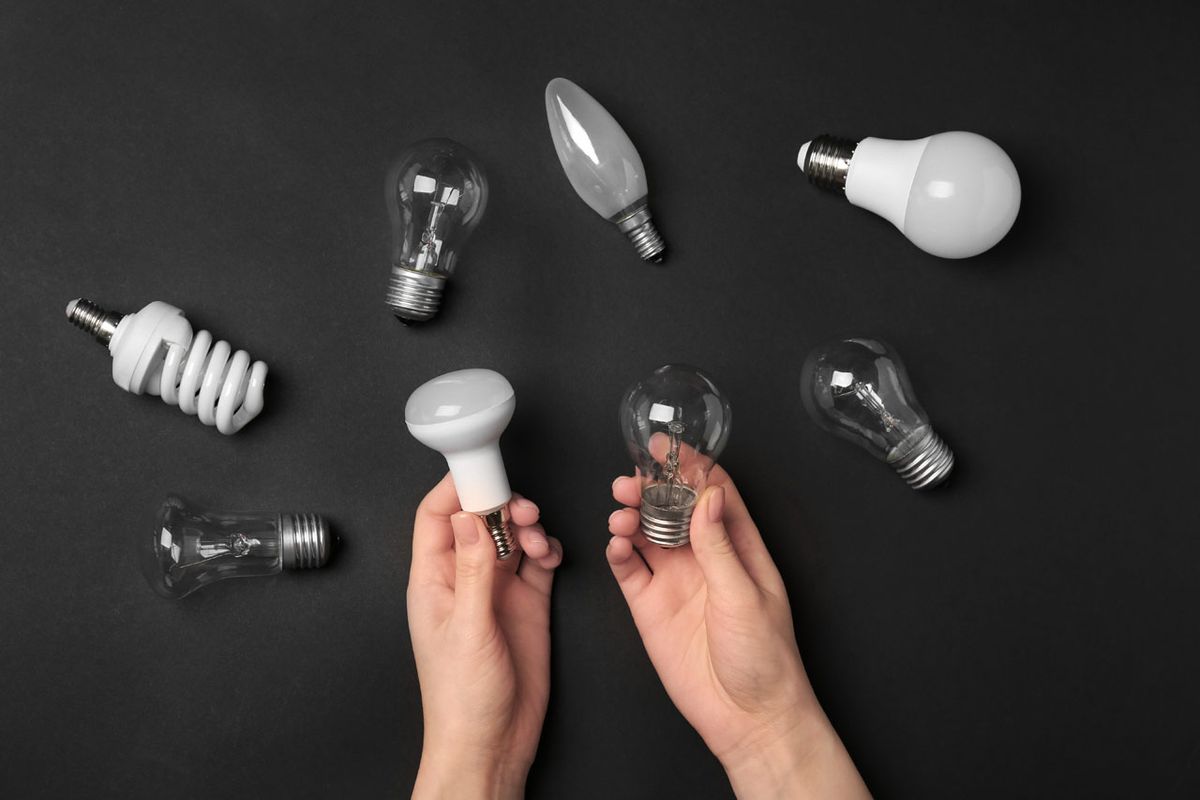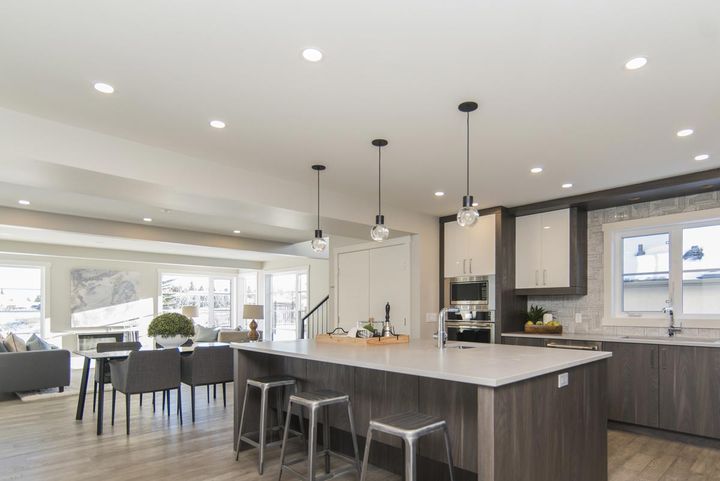Types of Sockets

Because sockets come in all sorts of shapes, sizes, and materials, it's easy to get confused about which type is needed. With a few exceptions that include axial or festoon socket fixtures, all sockets fall into four main groups: screw, pins, wedges, and bayonets. Let's take a look at each group.
Screw Sockets
The Edison screw socket is the most common and easily identifiable socket type. Named after Thomas Edison, these sockets have a designation code that starts with an "E" for "Edison" and a number which represents the diameter in millimeters of the light bulb base that fits into it. For example, an E26 socket is designed for use with an E26-based light bulb. All Edison sockets have threaded contacts made of metal, but the housing can be made of plastic, porcelain, or metal. The plastic and porcelain housings don't have a lot of variety when it comes to color options, typically black or white, but metal screw sockets can come in a variety of brass, bronze, or nickel finishes with variations in the color based on manufacturer. The choice of which material is almost entirely based on aesthetics, but plastic sockets may not be able to handle the hotter temperatures of some types of light sources.
Pin Sockets
Pin based sockets are used primarily with linear fluorescent tubes, plug-in CFL lamps, some mini indicator lamps, HID lamps, MR16s, and the LED versions of each. Pin base bulbs have between one and four pins sticking out from the bottom that connects the bulb to the electrical current. The designations of pin sockets start with a letter, different for each type of base, but often a "G", followed by a number representing the distance between the pins in millimeters. Linear fluorescent and LED tube lights are pushed into their tombstone sockets then rotated into place.
Wedge Sockets
Wedge sockets and bases are very diverse because, unlike more traditional sockets and bases, the bases don't have a metal cap or pins. Instead, the glass of the bulb tapers down to a point to seal it. Two wires extend from the bottom of the base and act as contact points.
Bayonet Sockets
Although uncommon in household lighting in the United States, bayonet sockets are named after the bayonets used on rifles because they have similar connection method. The light bulbs that are used in bayonet sockets are pushed in then turned slightly to lock into place. The bulb's base has 2 pins on either side while the socket has two corresponding L-shaped slots and a small spring to keep the two locked together. The locking mechanism makes bayonet sockets a good choice for applications where vibration may loosen Edison screw bulbs. These sockets have either one or two contact points at the bottom depending on which type of bayonet base bulb is used. Bayonet bases have the designation of "BA" followed by a number that represents the base's diameter in millimeters then either an "s" or "d" to signify if it is a single or double contact.
Check back to see new articles and guides , or feel free to click another article to experience more great insights and advice.



